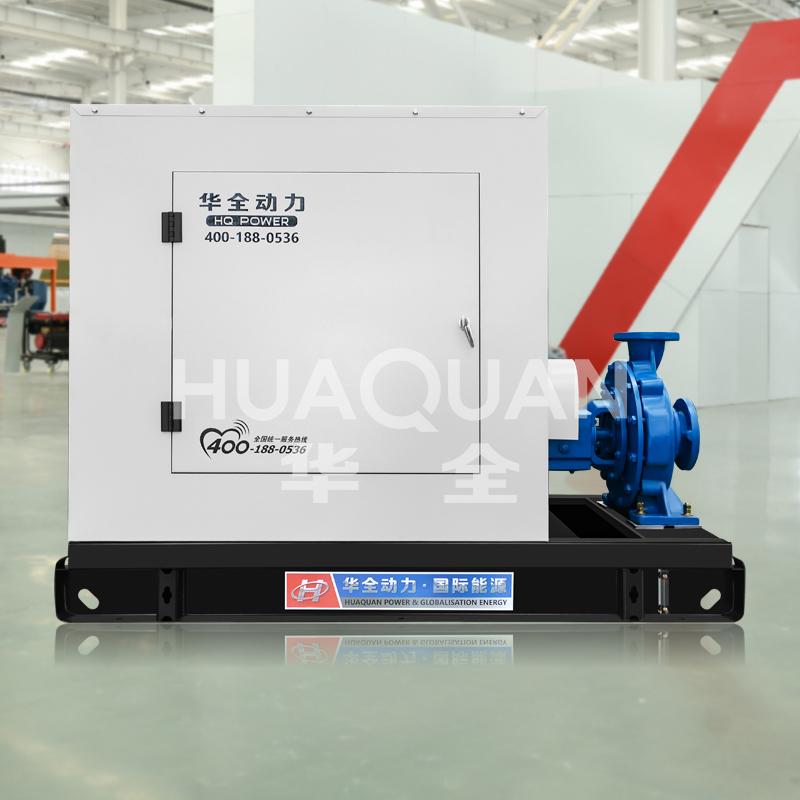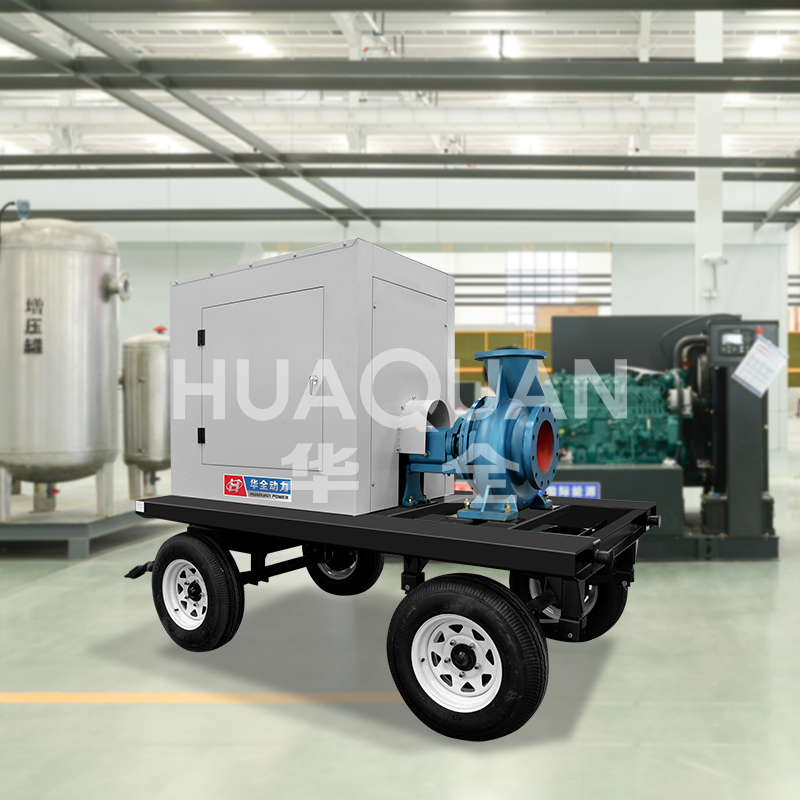Self priming water pump is widely used in various fluid transportation scenarios such as agricultural irrigation and industrial processes. Proper daily management ensures good performance and prolongs its lifespan. Here are the key maintenance practices for Self priming water pump for users' reference.
Routine Inspection of Self priming water pump
Begin each day by visually examining the Self priming water pump for leaks, unusual vibrations, or worn components. Check all connections and seals to prevent air ingress, which may compromise its self-priming capability. Ensure the intake strainer remains debris-free to maintain unimpeded water flow.
Lubrication and Cleaning
The Self priming water pump relies on smooth mechanical operation. Regularly lubricate bearings and shafts as per manufacturer guidelines. Clean external surfaces to prevent dirt accumulation that could lead to overheating. For pumps handling contaminated liquids, flush the system periodically to remove sediment buildup.
Operational Monitoring of Self priming water pump
During use, listen for abnormal noises from the Self priming water pump, as grinding or screeching may indicate impeller damage or misalignment. Monitor pressure gauges to confirm stable performance. Avoid dry running, which can severely damage the pump's internal components.
Storage Considerations
When idle, store the Self priming water pump in a dry, covered area. For prolonged non-use, drain residual liquid to prevent corrosion. Rotate the impeller manually every few weeks to maintain bearing flexibility.
By implementing these simple yet effective practices, your Self priming water pump will deliver consistent efficiency while minimizing repair costs.








